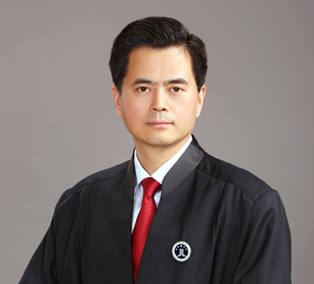U.S. Universities Still at Top in Scientific Innovation, But Asia is Catching up
font-size:
American universities lead the world in scientific innovation but face strong competition from Asian rivals with close ties to industry, according to a detailed analysis of academic papers and patent filings.
The inaugural Reuters Top 100 survey, published last week, places Stanford University in the top spot, reflecting its position as a crucible for new ideas in the heart of Silicon Valley. Stanford alumni have gone on to create some of the world’s biggest technology companies, including Hewlett-Packard, Yahoo and Google.
The top nine places are all taken by U.S. schools, with MIT and Harvard ranked second and third. The Korea Advanced Institute of Science and Technology, also known as KAIST, in Daejeon, South Korea, was 10th, while Imperial College London was the highest-ranked European university, in 11th place.
Asian universities are a growing force in scientific innovation and have proved particularly adept at turning breakthroughs into products, with South Korea - home to tech giants such as Samsung - scoring high in patent approvals.
South Korea has eight schools in the top 100 universities, while Japan has nine, more than any country other than the United States. China had only one entry on the list: Tsinghua University, ranked 72nd.
Policymakers and corporations rely on universities to convert publicly funded science into knowledge and ultimately new products that drive economic growth. But while academic innovation is lauded around the world, it is not easy to measure.
The new listing aims to produce the most comprehensive and systematic ranking by analyzing such factors as the volume and impact of scientific research, the volume and success of patent filings, and the use of cited discoveries in the academic and corporate worlds.
Large, populous countries inevitably score highly, so it is also instructive to look at relative performance. Tiny Switzerland, with a population of 8 million and two of the world’s top drug companies, stands out, with three schools on the list, more per capita than any other country.
The inaugural Reuters Top 100 survey, published last week, places Stanford University in the top spot, reflecting its position as a crucible for new ideas in the heart of Silicon Valley. Stanford alumni have gone on to create some of the world’s biggest technology companies, including Hewlett-Packard, Yahoo and Google.
The top nine places are all taken by U.S. schools, with MIT and Harvard ranked second and third. The Korea Advanced Institute of Science and Technology, also known as KAIST, in Daejeon, South Korea, was 10th, while Imperial College London was the highest-ranked European university, in 11th place.
Asian universities are a growing force in scientific innovation and have proved particularly adept at turning breakthroughs into products, with South Korea - home to tech giants such as Samsung - scoring high in patent approvals.
South Korea has eight schools in the top 100 universities, while Japan has nine, more than any country other than the United States. China had only one entry on the list: Tsinghua University, ranked 72nd.
Policymakers and corporations rely on universities to convert publicly funded science into knowledge and ultimately new products that drive economic growth. But while academic innovation is lauded around the world, it is not easy to measure.
The new listing aims to produce the most comprehensive and systematic ranking by analyzing such factors as the volume and impact of scientific research, the volume and success of patent filings, and the use of cited discoveries in the academic and corporate worlds.
Large, populous countries inevitably score highly, so it is also instructive to look at relative performance. Tiny Switzerland, with a population of 8 million and two of the world’s top drug companies, stands out, with three schools on the list, more per capita than any other country.






